Baby boom in Moscow Zoo: Welcome the newborn fluffy dwellers!
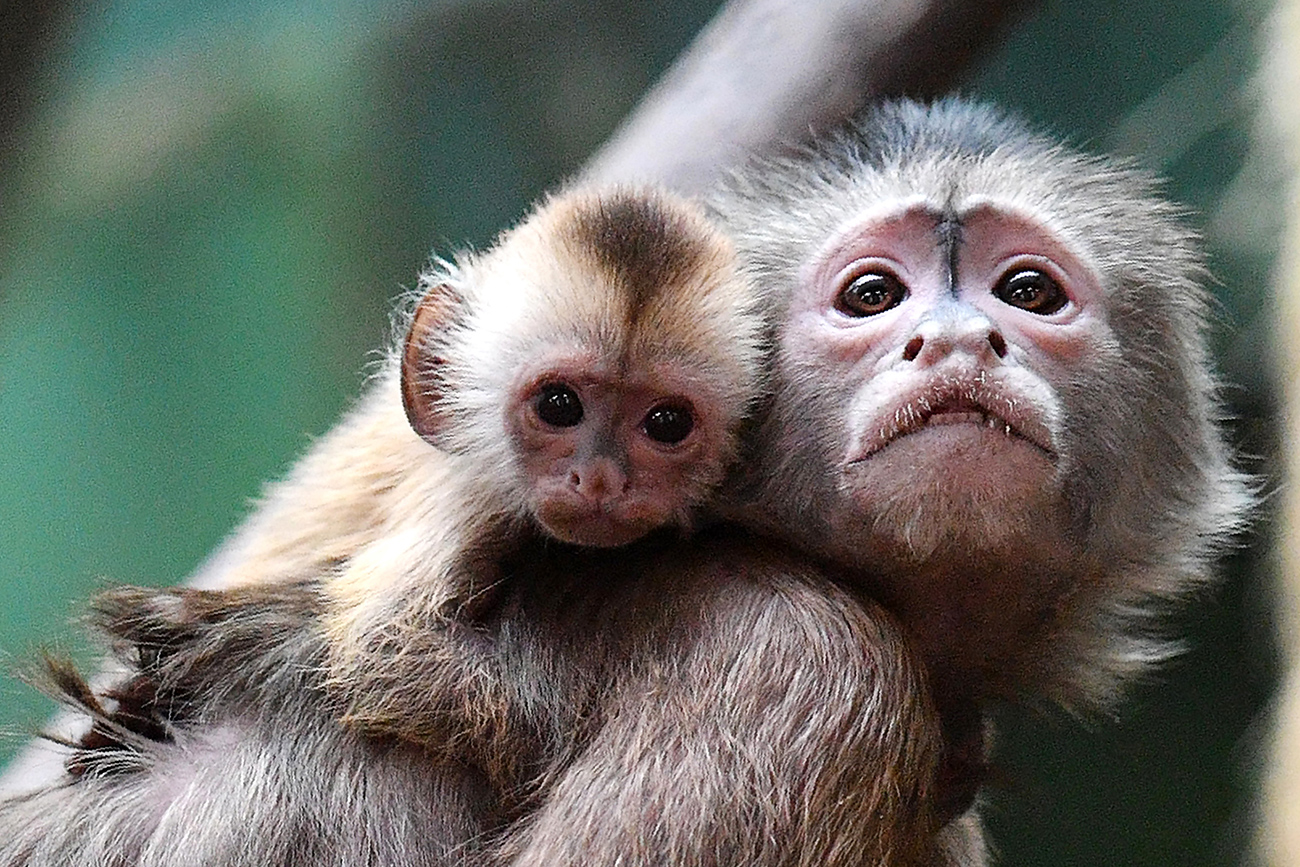
Moscow Zoo, founded in 1864, is one of the oldest in Europe and Russia’s main zoo. It has survived all the turbulent times and overcome numerous difficulties, and luckily the news of late has been great, including quite a few new additions still wet behind the ears. One of the latest was the birth of a baby weeper capuchin monkey. By the way, weeper capuchin monkeys are called so because their cry resembles that of a human baby — a funny coincidence.
AFP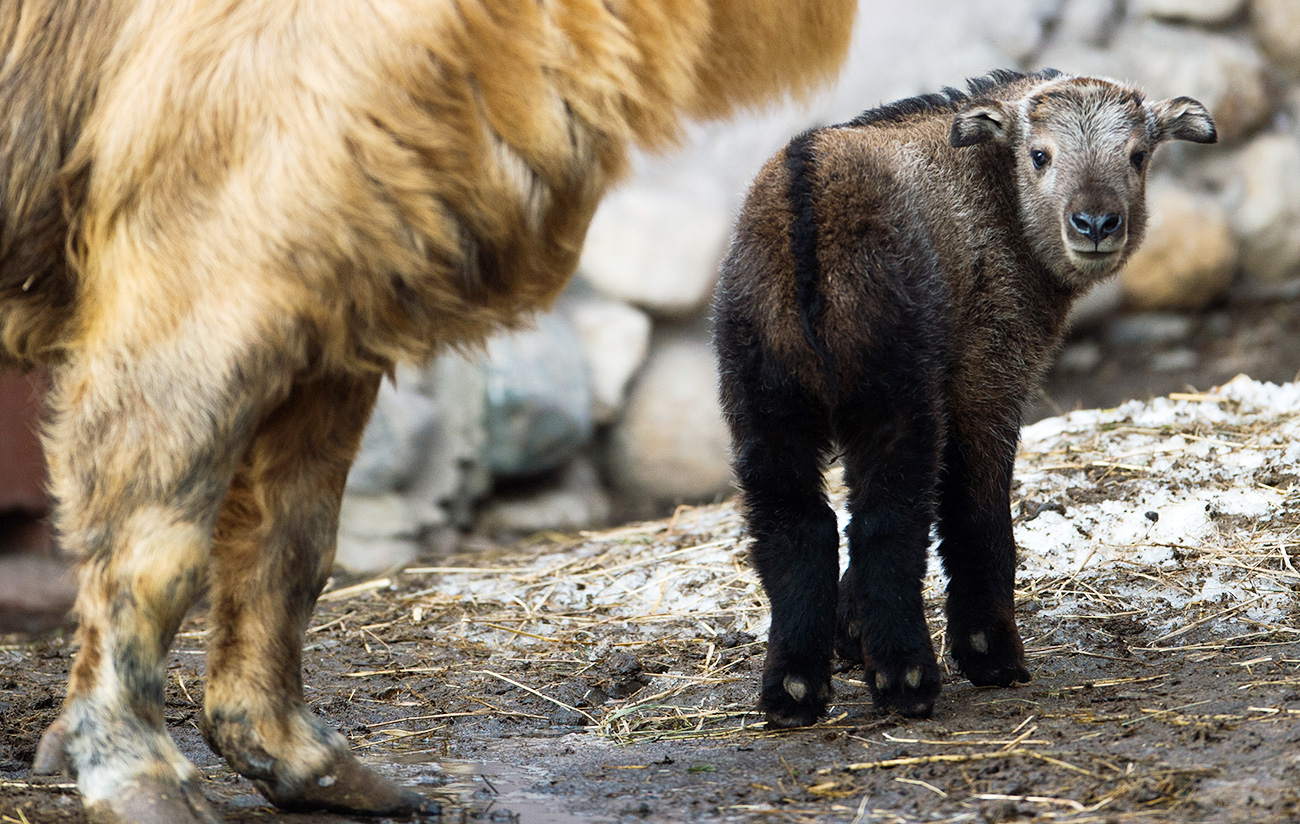
It is still unknown whether this sichuan takin is a baby girl or a baby boy, but nevertheless its birth is really important: sichuan takins are on the IUCN Red Data List, and it is a rare opportunity indeed to meet one in the zoo. Curiously, takins are genetically closer to rams, although they look more like bools. They are one of the least understood ungulates, and this little one could help to study the whole group of species more thoroughly.
Evgeny Biyatov/RIA Novosti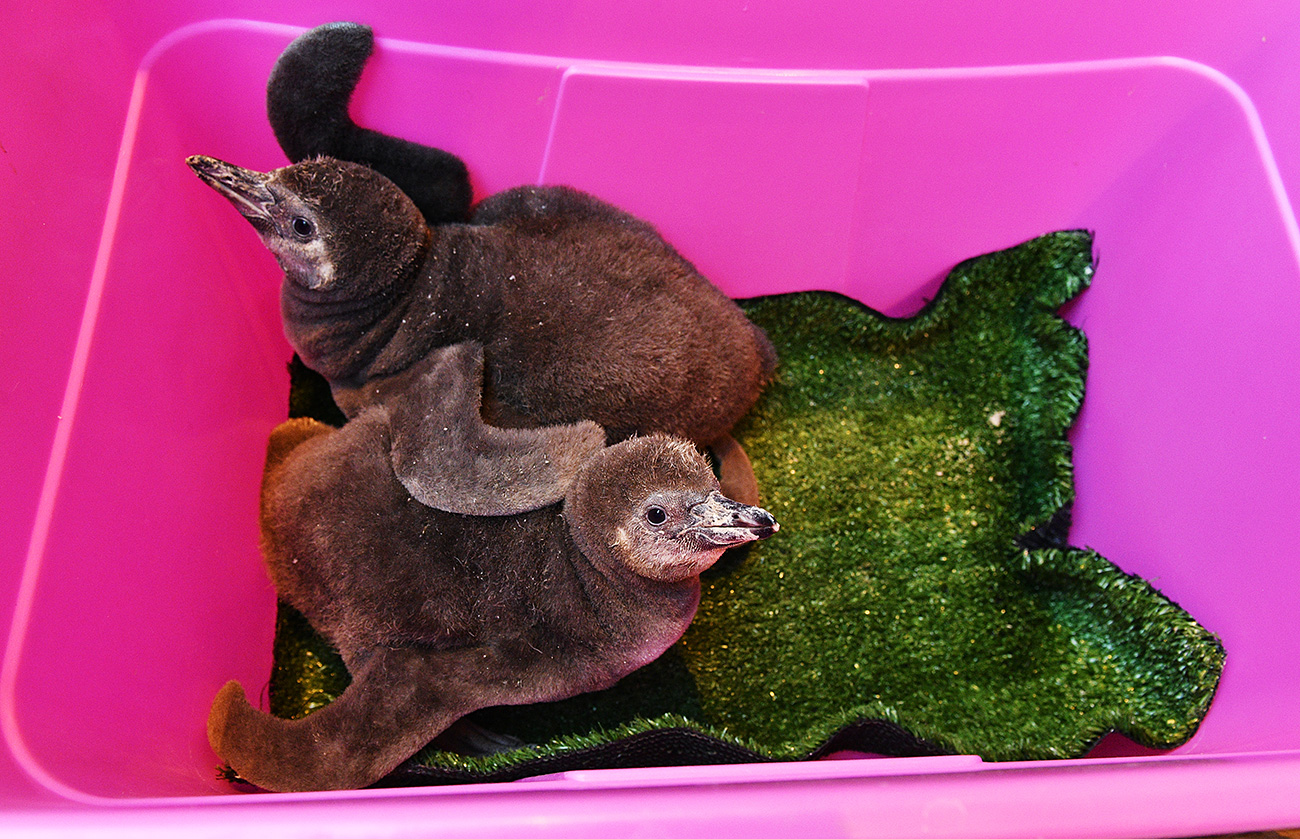
Out in the wild, baby Humboldt penguins leave their nests at the age of 10-12 weeks, reaching complete adulthood in two years’ time. But they remain socially oriented throughout their lives, knowing their neighbors and being able to hunt all together. In Moscow Zoo they are not afraid of people at all; some of them even like to be combed by visitors.
Natalia Seliverstova/RIA Novosti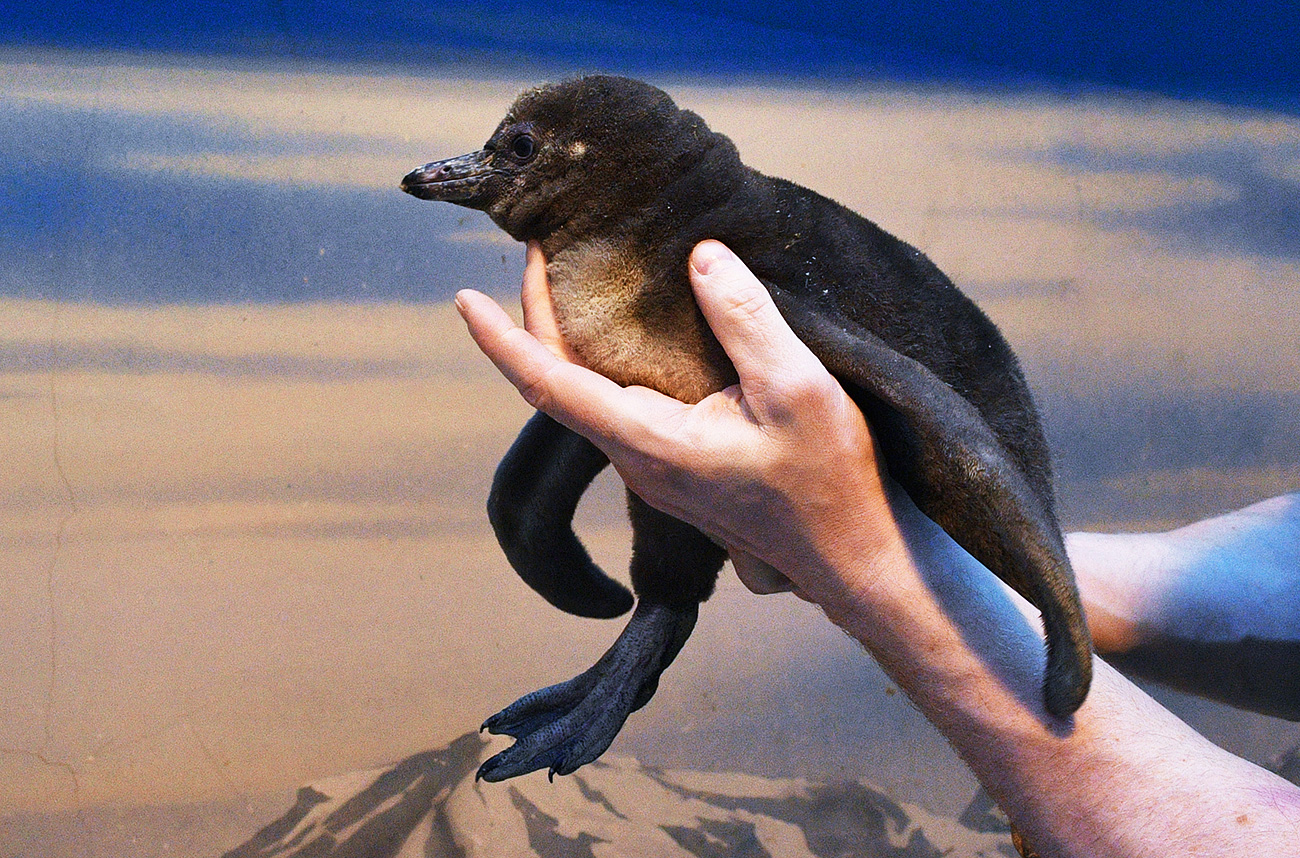
But there is one baby that will change its appearance even more while growing up: it’s this little Humboldt penguin. Baby Humboldt penguins don’t quite resemble adults: their coat is colored in a different way. These penguins have a lot in common with humans in their family life: they couple once a lifetime and nest at the same place. Any mother knows her baby by its voice (not very beautiful, by the way—more like a heehaw).
Natalia Seliverstova/RIA Novosti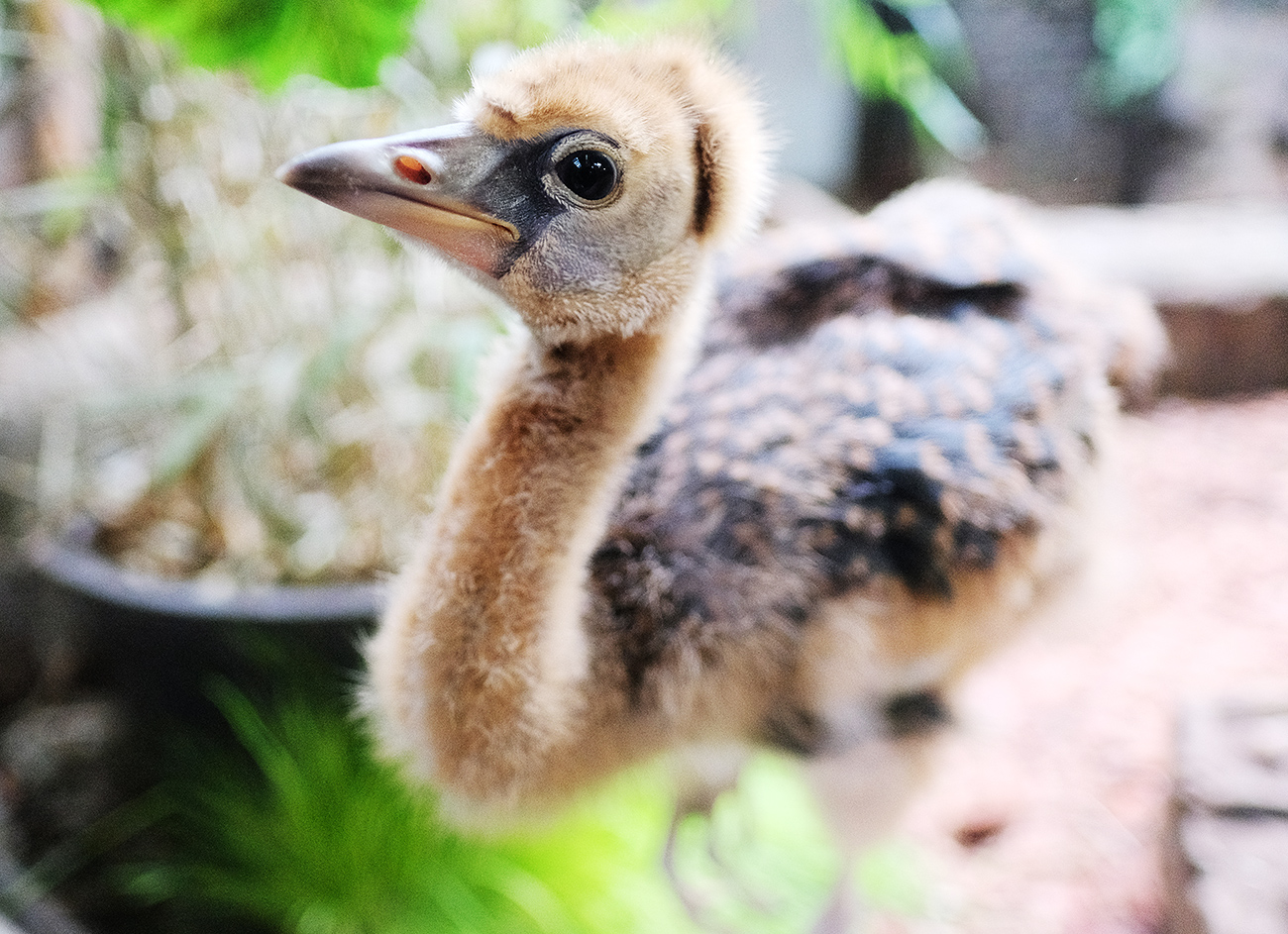
Does this pretty feeble nestling look like a future crowned crane? Not really, but soon it should grow into a beautiful strong bird, more than one meter tall and weighing 3.5 kilos, with a crown-shaped topknot. This kind of crane ranges in western and southern Africa and is notable for its unique ability to sit in a tree. No other kind of crane is able to do that.
Natalia Seliverstova/RIA Novosti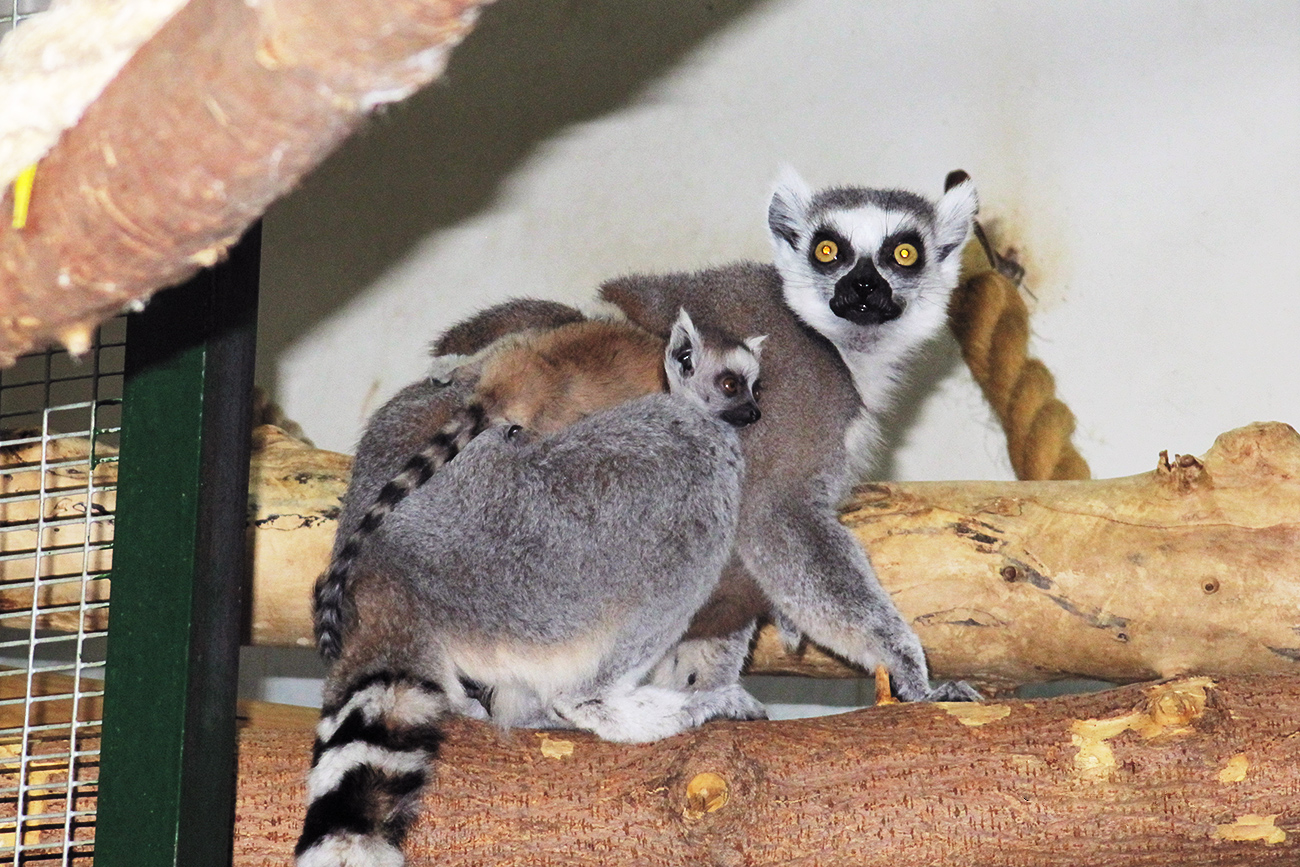
This ring-tailed lemur mother is eager to protect her baby. It will stay with her no longer than the five next months, after which young lemurs become independent. These animals live in groups of 20-30, and all other 15 lemurs in Moscow Zoo look with favor on the newborn cub. Curious and attentive, this lemur nestling is climbing over its father’s and elder brother’s back. Isn’t that cute?
Moscow Zoo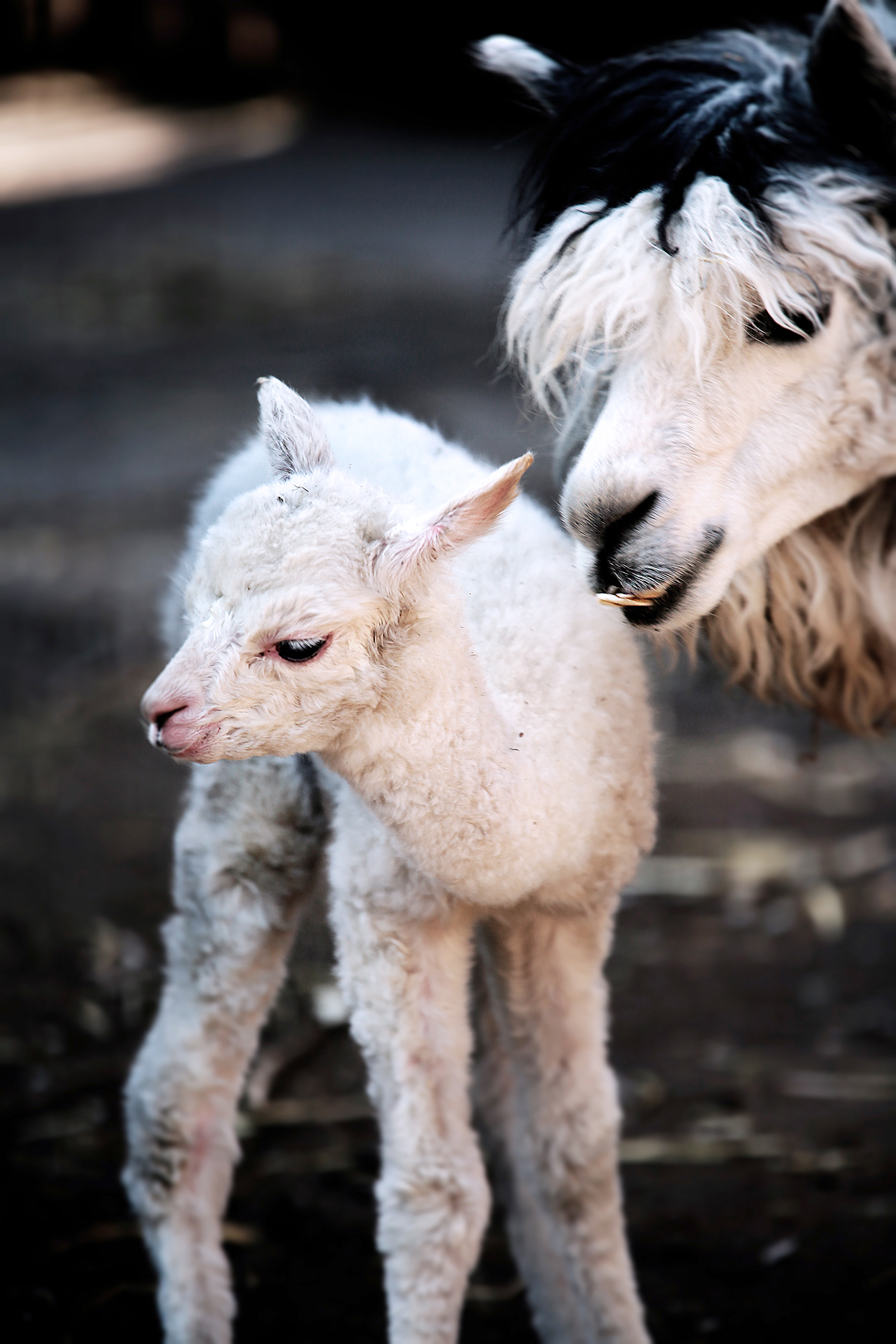
This alpaca baby girl is really special: she is white, which is quite rare, and is the first alpaca born in the Moscow Zoo. The hoofs tend to develop really quickly, and this one already weighs five times more than at birth. Alpacas are tame, and sociable with people and with each other. All her congeners have already taken this beauty aboard.
Moscow Zoo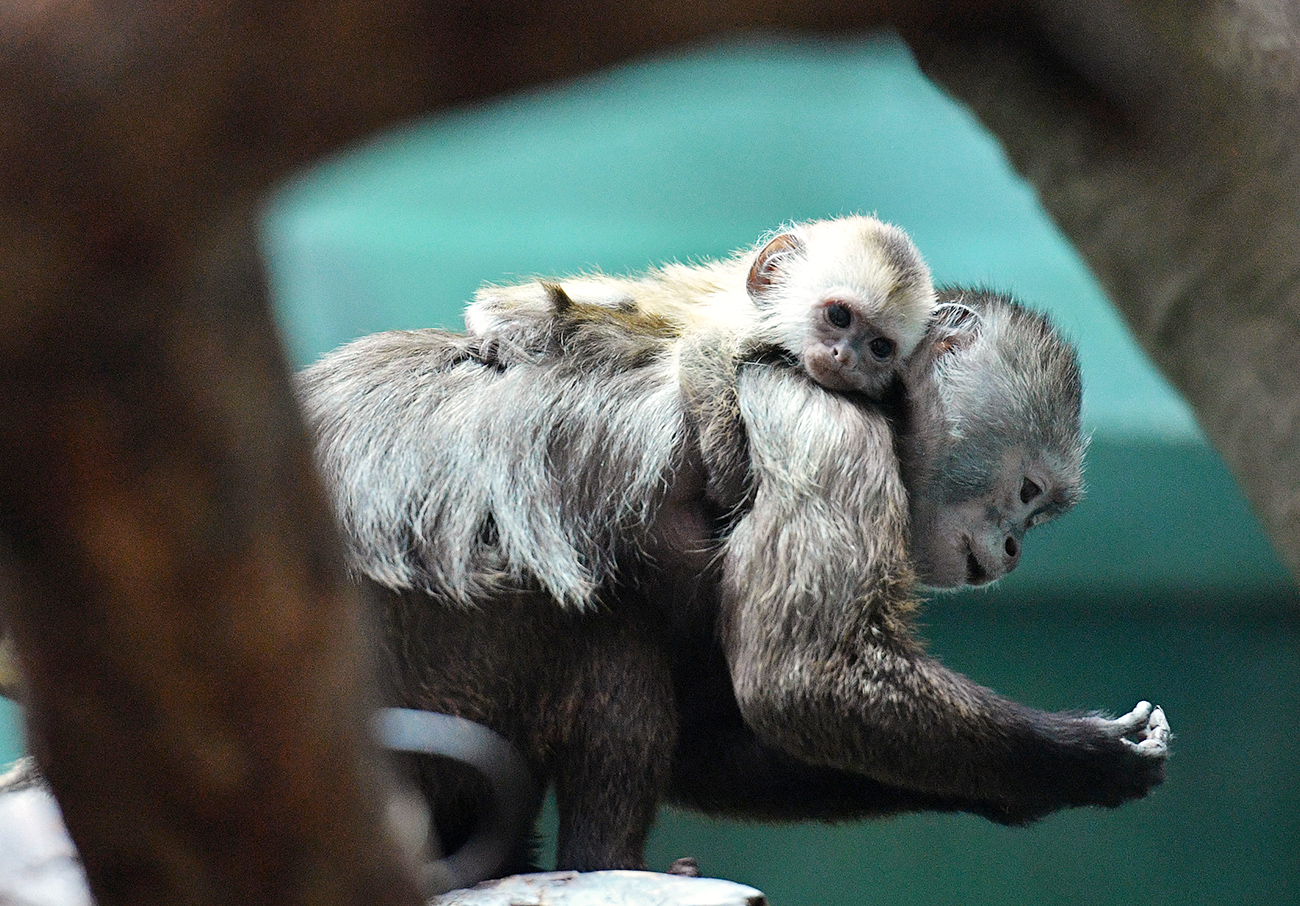
Oh, how tight this tiny one is clinging to its mother! The baby will be there on her back for about four more weeks, and even after that the next few months will be spent by her side and under her tutelage. Weeper capuchin monkeys are known for using their tail as a third (or perhaps fifth in the case of monkeys) arm, but this baby is too small to manipulate it properly.
AFPSubscribe
to our newsletter!
Get the week's best stories straight to your inbox